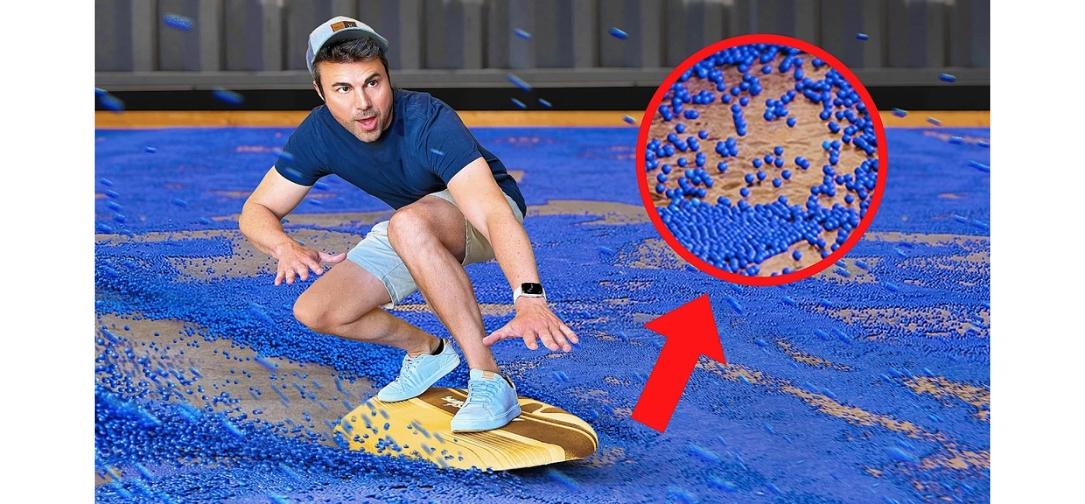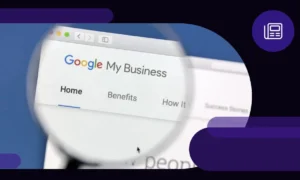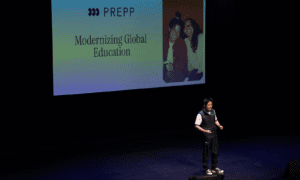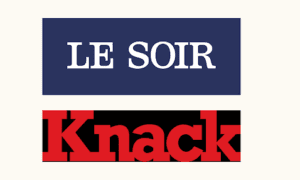New Delhi [India], May 26: In a year filled with remarkable collaborations, one unlikely duo caught the internet’s imagination and captured hearts across continents: Techburner, India’s charismatic gadget reviewer and DIY tech content creator, and Mark Rober, the American science YouTube sensation best known for his intricate builds and contagious enthusiasm for engineering. Their collaboration was more than just a viral moment—it was a celebration of curiosity, creativity, and the blending of two very different yet deeply connected worlds: science and gadgets.
This unexpected partnership began when Mark Rober visited India as part of his educational outreach and exploration of the global STEM community. While touring local institutions and events like the Waves Summit, where he headlined as a keynote speaker, Rober made time to connect with some of India’s top digital creators. It was inevitable that his journey would cross paths with Techburner, whose channel has grown into a vibrant space for accessible tech insights, product hacks, and digital experimentation.
What followed was an exciting and refreshingly organic meeting of minds. In a studio buzzing with equipment, enthusiasm, and the smell of innovation, Shlok Srivastava (aka Techburner) welcomed Mark Rober into his creative playground. Though their styles are different—Techburner is known for his fast-paced, humorous delivery and deep familiarity with Indian consumer tech, while Rober is renowned for his slow-burn scientific setups and polished educational storytelling—their shared passion for tinkering, building, and explaining made their chemistry undeniable.
The goal for their collaboration wasn’t simply to shoot a video—it was to build something together. After tossing around several ideas that ranged from absurd (a robot that could serve tea with a Bollywood twist) to ambitious (an AI-powered cricket ball launcher), the two settled on a fun yet surprisingly complex challenge: building a tech gadget that merges Indian jugaad (creative problem-solving) with western-style engineering precision.
Their project? A smart recycling bin that could sort different types of waste using simple sensors and mechanical logic—a nod to Rober’s environmental interests and Techburner’s focus on practical tech. But this wasn’t going to be an over-engineered, high-cost product. In keeping with their commitment to accessibility, they wanted to use affordable, easy-to-find components and make the project replicable for students and young creators across the globe.
Their build process became a lesson in cultural exchange as well as engineering. Rober was fascinated by India’s rich history of improvised innovation, from self-assembled water purifiers to ingenious home appliances built out of scraps. Meanwhile, Techburner was thrilled to gain firsthand insight into the scientific methodology Rober used to refine designs and test variables. Together, they spent hours prototyping, debating code logic, and laughing at the occasional malfunction—one particularly memorable moment involved a test run that sent a plastic bottle flying straight into Rober’s lap.
As they worked, cameras rolled—but the collaboration never felt staged. Their video wasn’t just about showing off a finished product. It captured the trial-and-error, the back-and-forth dialogue, and the delight of two creators figuring things out together. Viewers got to see a glimpse behind the curtain of content creation and understand how real innovation comes from patience, resilience, and open-mindedness.
The final gadget wasn’t flawless, but it worked well enough to get the point across—and more importantly, it inspired. Thousands of comments flooded in from fans across both communities, praising the duo for making technology approachable, fun, and inspiring. Students shared how they had tried to recreate the bin in their classrooms, while teachers appreciated the educational value baked into every segment.
What made this collaboration even more impactful was its perfect timing with a bigger initiative: the Jugaad Contest 2025, spearheaded by none other than Mark Rober himself.
Jugaad Contest 2025: Where Creativity Meets Opportunity
In his continued effort to make STEM fun and accessible, Mark Rober is bringing his global movement to India in a massive way. From April 30 to September 15, 2025, Rober is inviting inventors, students, and tinkerers aged 8 and above to participate in the Jugaad Contest 2025. The goal? Build something ingenious using everyday household items and post a video of your creation on Facebook, X, YouTube, or Instagram.
Ten winners will receive ₹5 lakh each. But remember, just posting a video isn’t enough—you must go to https://www.markroberjugaad.com/ and submit the link to your public post including the hashtag #MarkRoberJugaad to officially enter.
This contest perfectly embodies the spirit of the Techburner-Rober collaboration: creativity without constraints, science without borders, and innovation from the ground up.
Mark Rober: The Mind Behind the Mission
With over 68 million subscribers and a string of viral science experiments—from glitter bombs to squirrel mazes—Mark Rober has built a brand that makes STEM irresistible. Through his company, CrunchLabs, he delivers monthly buildable engineering kits and fun, science-packed videos designed to spark curiosity in kids and teens alike.
His passion for outreach doesn’t stop at entertainment. He’s helped raise millions for charity, co-founded movements like #TeamTrees and #TeamSeas, and now, through the Jugaad Contest, he’s giving back to the Indian innovation ecosystem by spotlighting homegrown brilliance.
In interviews that followed, both Rober and Srivastava expressed mutual admiration. Rober was particularly impressed by how India’s tech creators navigate constraints and still produce innovative content at scale. Techburner, in turn, praised Rober for his clarity of thought and dedication to breaking down scientific concepts into digestible, entertaining formats.
Their collaboration stands as a reminder of what can happen when different disciplines and cultures come together with a shared purpose. It also shows how creators can use their platforms not just to entertain, but to teach, challenge, and inspire.
In the ever-evolving digital landscape, where trends fade quickly and content can be fleeting, this partnership felt substantial. It wasn’t just a tech gimmick or a PR stunt. It was a meaningful exploration of how science and technology can intersect, how creators can learn from one another, and how the future of learning lies in collaborations that cross boundaries—both geographical and intellectual.





























